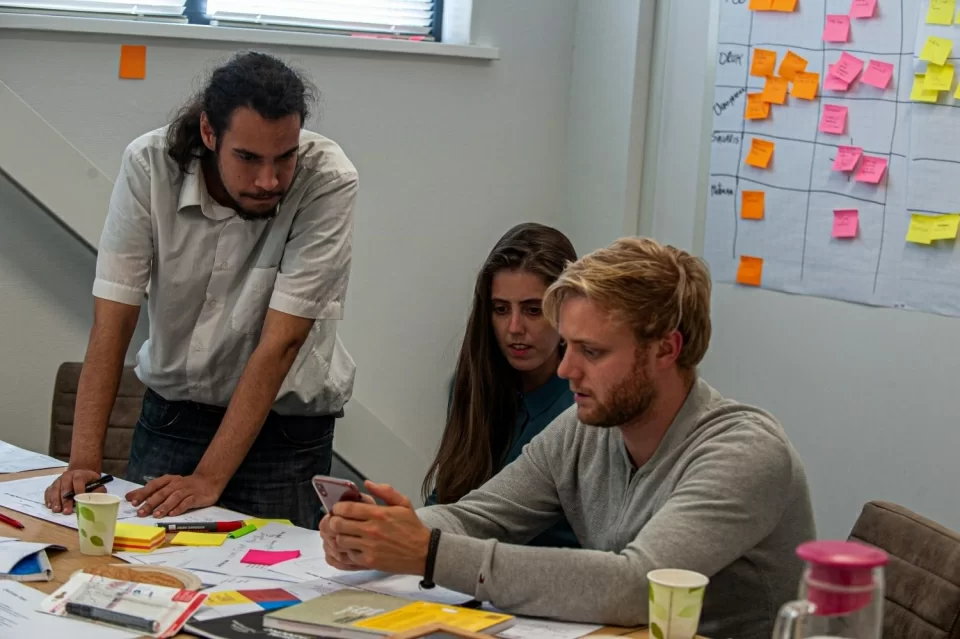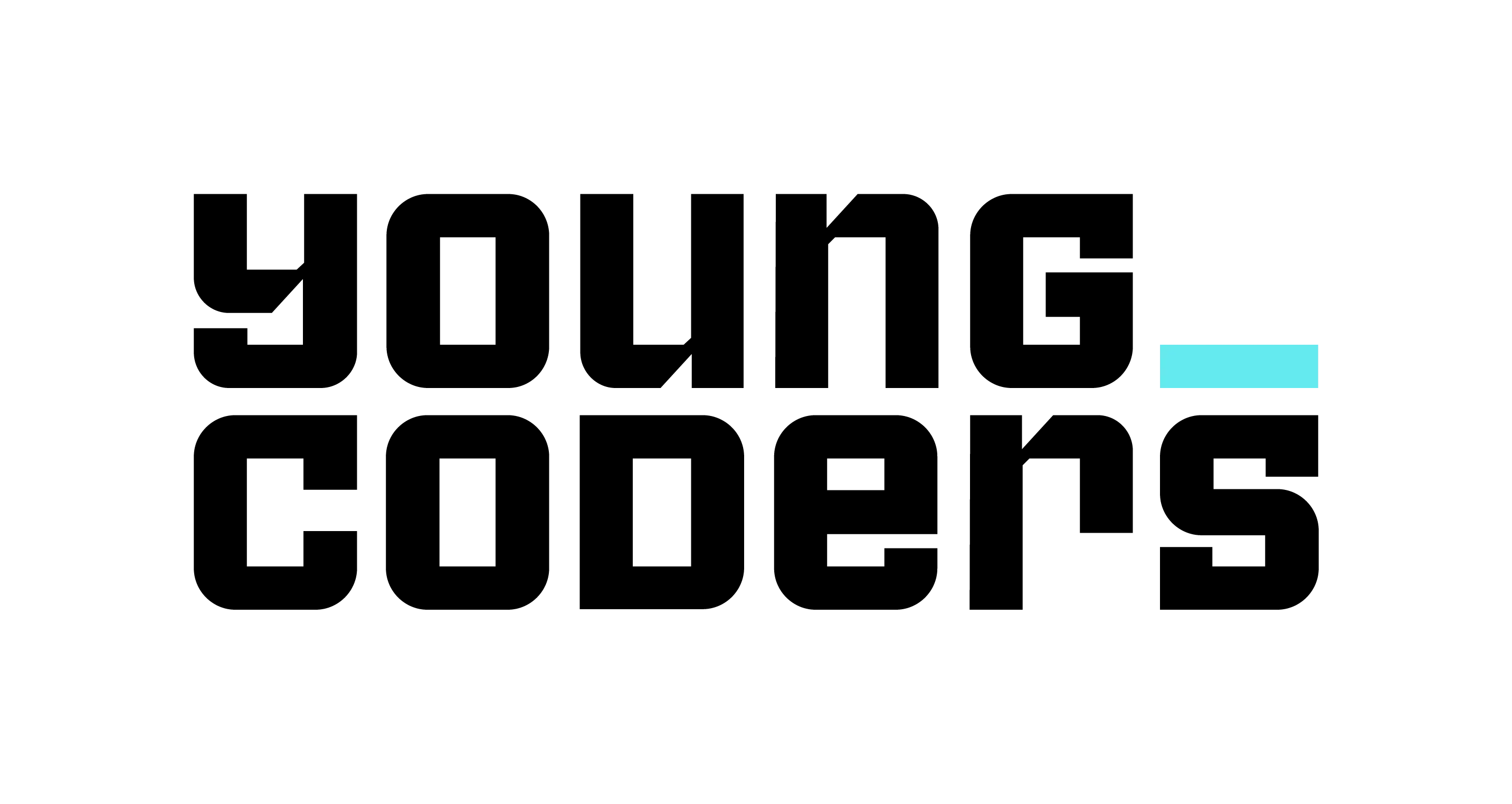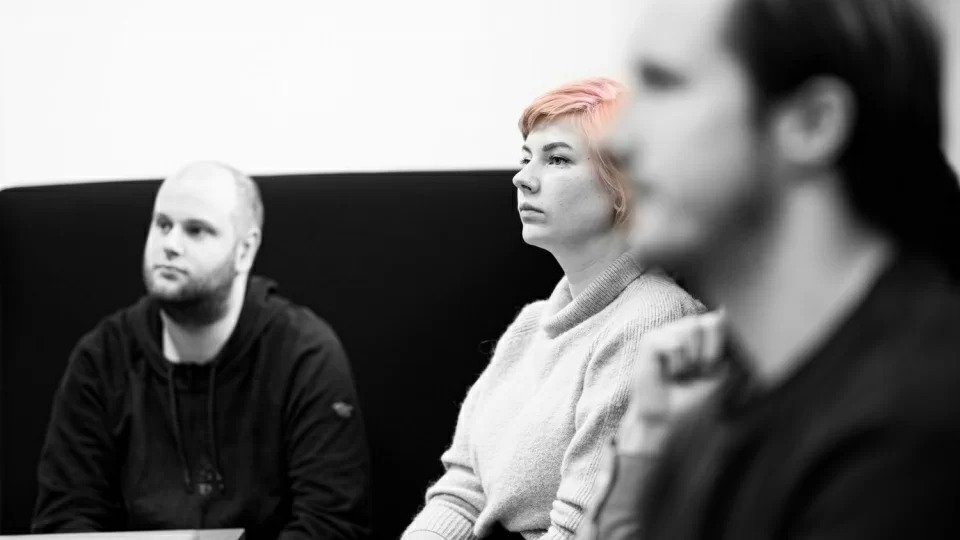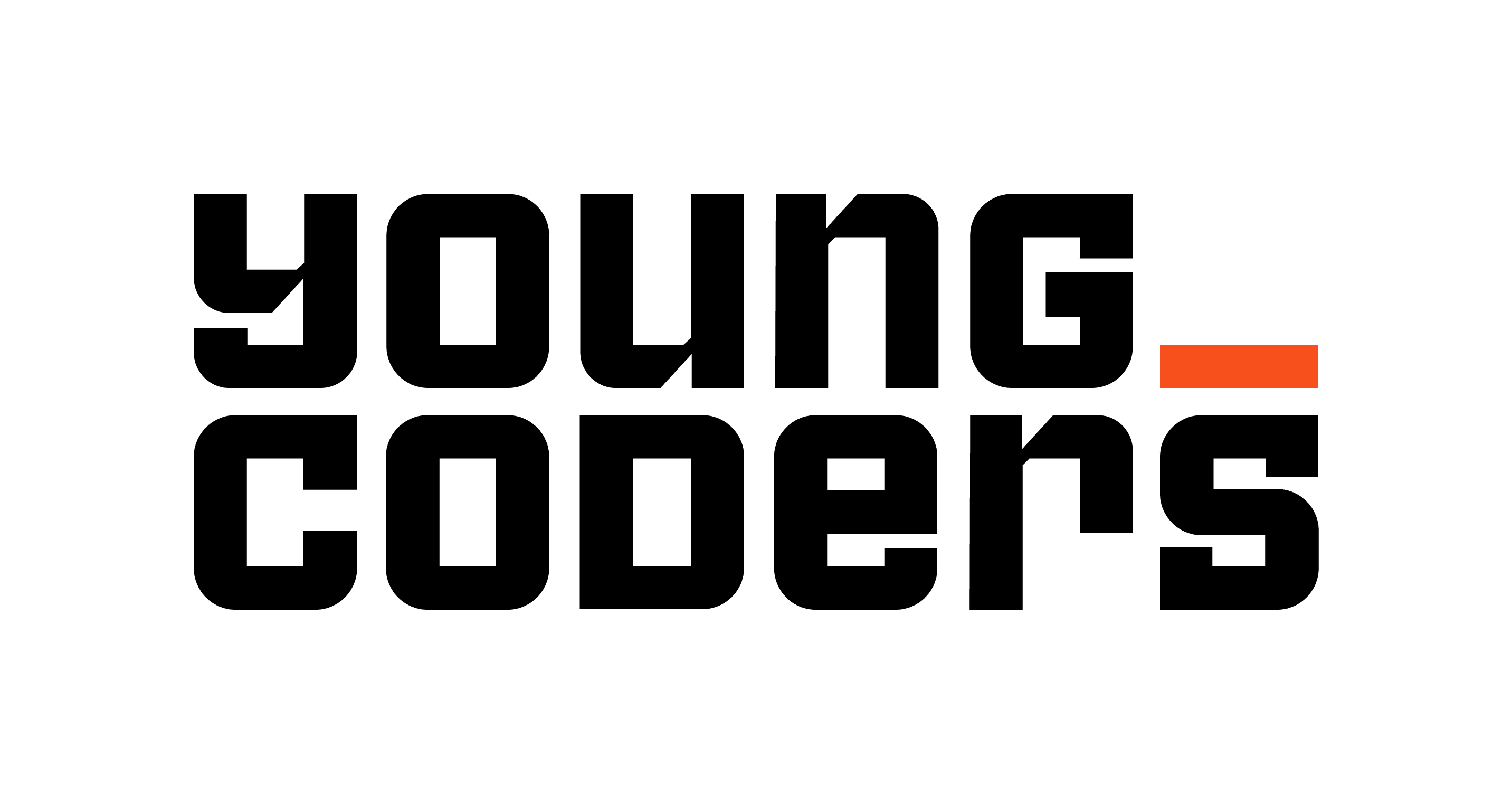Diversity helps you design technology that resonates with your target audience. There is a reason that organizations with teams that are diverse perform best, according to research by McKinsey and others.
But what exactly is diversity? How does it help you move forward, and how can you work toward a diverse organization? Read the answer to this question below.
What is diversity?
A “diverse” team is often thought of as one in which different genders and ethnicities are balanced. A hot topic in the tech world for good reason, as over 76% percent of tech workers are male and a whopping 95% are white. Not really diverse. And how can you expect such a homogeneous team of “typical IT people” to be able to provide a heterogeneous target group with different needs and desires with a well-functioning product? Or that they come up with an innovative idea that helps the organization move forward? Not.
For technical innovation and products for a heterogeneous target group, a diverse team is indispensable. But as far as we are concerned, diversity goes beyond ethnicity and gender. Diversity is also about backgrounds.
what do a biologist and a musician do on a tech team?
Which team do you think can come up with the most innovative ideas in 15 minutes: a team with five IT people, or a team with a mathematician, a musician, a biologist, a psychologist, and a painter? That’s right, the last team.
People from completely different backgrounds have different knowledge, different perspectives, and different views of technology. They complement each other, strengthen each other and learn from each other. Now that’s diversity.
What it achieves
A diverse development team helps you in two ways.
01. Different genders, ethnicities, and backgrounds help you develop products that serve a heterogeneous audience.
02. Diverse teams are better able to shape new ideas into technical innovations that move the organization forward.
Perhaps several teams could have prevented only 70 of the 2,000 government sites surveyed from meeting the new website accessibility rules. Perhaps the musician could have developed a program that makes it easy to listen to audio on websites. Or the painter could have adjusted colors on a website so that they are distinguishable even to color blind people. And that in turn had inspired the biologist to do the same for the visually impaired.
In short: with a diverse team, you have more knowledge, you are better able to design products for a heterogeneous target group and you are well on your way to technical innovation.

Practical: how to embrace diversity
But how does this really work. How do you practically work on diversity? How do you find a biologist who wants to work in IT, and how do you get people from different backgrounds to enrich your IT department?
01. Look beyond IT degrees
Just stop fishing from the pond of IT Education. Besides the fact that there are thousands more job openings than there are people with an IT degree in their pocket, an IT degree doesn’t say that much about a person’s potential. Rather, look at a person’s cognition, ambition, character, and willingness to learn. This often proves to be a better predictor of success than a degree. Don’t worry too much about necessary hard skills. After all, anyone can learn to code!
02. Organize your HR process objectively
No matter how hard you try, when you sit down with an applicant you are never objective. People do tend to hire employees they like, who look like them. But before you know it, you’ll find yourself with a whole team of people who look like you. Goodbye diversity.
In addition, in a job interview it is very difficult to assess what kind of character a person has and whether he or she is smart enough to work with your complicated systems. However, there are plenty of tests that measure cognition and personality. Rather than rely on your own subjective assessment, base your decision on objective tests. It often works best to have an introductory meeting using objective tests.
03. Build a complementary team
With a diverse workforce, you’re not there yet. Because a team is more than a group of people together. A team is a “squad of players belonging together,” as our dictionary defines it. People who belong together, in other words: who are complementary and complement each other. Build teams with complementary personalities, backgrounds and skills. You do this, for example, by using your personality test not only in the selection process, but also when you place a new employee on a team. For example, do this using the 4Hs: this principle assumes that every team needs a Hacker, Hustler, Hipster and a Hero to be successful.
Want to read more about these H’s and the impact of teams? Read about it in our article Why Teams Work.
Or read what in practice was the result of a diverse team at an international cosmetics organization.


